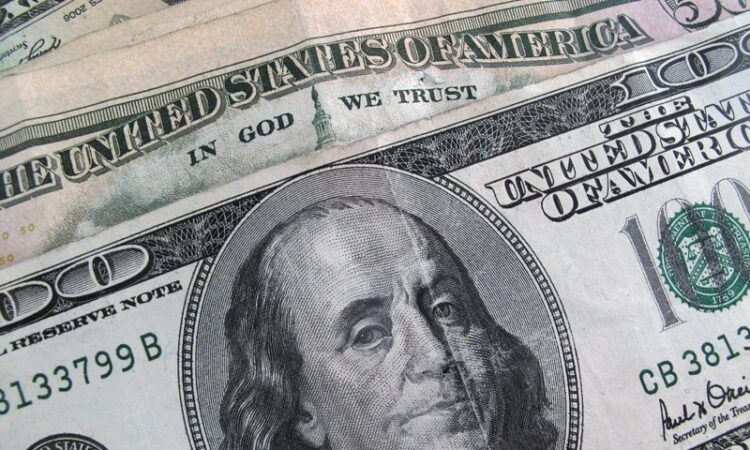
By Rae Wee
SINGAPORE (Reuters) – The dollar rose on safety bids on Monday in the wake of the attempted assassination of former U.S. President Donald Trump, which in turn left the yen struggling to stay afloat despite Tokyo’s suspected intervention efforts.
Trading was thinned in Asia with Japan out for a holiday, though news of the Trump shooting dominated the cautious market mood and had investors narrowing the odds of a Trump victory come November’s U.S. elections.
The attempted assassination probably enhances Trump’s “reputation for strength”, said Jack Ablin, chief investment officer at Cresset Capital. “The spectre of political violence introduces a whole new level of potential instability.”
“It’s uncertainty and volatility, and of course markets don’t like that. It’s not an environment anyone wants to see,” he said.
The dollar was broadly on the front foot in early trade, pushing the euro down 0.23% to $1.0885 and sterling 0.17% lower to $1.2968.
The risk-sensitive Australian dollar fell 0.18% to $0.6771, while the New Zealand dollar slid 0.35% to $0.6097.
“The market reaction function to a Trump presidency has been characterised by a stronger U.S. dollar and a steepening of the U.S. Treasuries curve, so we might observe some of that this coming week if his election odds are assessed to have further improved following this incident,” said Rong Ren Goh, a portfolio manager at Eastspring Investments.
Against a basket of currencies, the greenback was little changed at 104.28.
Cash U.S. Treasuries were untraded in Asia on Monday owing to the Japan holiday, but 10-year Treasury futures edged lower, indicating yields will rise when cash trading begins later in the day. Bond yields move inversely to prices.
Under a Trump presidency, market analysts expect a more hawkish trade policy, less regulation and looser climate change regulations.
Investors also expect an extension of corporate and personal tax cuts expiring next year, fuelling concerns about rising budget deficits under Trump.
INTERVENTION WATCH
Elsewhere in Asia, the yen also remained on traders’ radars after Tokyo was thought to have intervened in the market to prop up the battered Japanese currency last week.
Against the dollar, the yen was last 0.3% lower at 158.36, having strengthened to a roughly one-month high of 157.30 per dollar on Friday.
Bank of Japan data suggested on Friday that authorities may have spent up to 3.57 trillion yen ($22.4 billion) on Thursday in the most recent intervention bout this year.
The Ministry of Finance (MOF) has so far remained mum on whether or not it was behind the yen’s sudden and steep strengthening, only repeating authorities’ readiness to take action as needed in the foreign exchange market.
Analysts said Monday’s holiday in Japan could make for ideal conditions for authorities to strike again given thin liquidity, similar to that of the April-May rounds of intervention.
“The confirmed FX intervention undertaken by the MOF in April and May proved that policymakers are prepared to be canny about choosing the timing of their moves,” said Jane Foley, head of FX strategy at Rabobank.
“In order to make more ‘bang for their buck’, FX intervention in quiet conditions or after the release of softer U.S. economic data seems like a sensible move.
“The intervention that was carried out this spring, indicated that the MOF is very prepared to act outside normal Tokyo trading hours.”
(Reporting by Rae Wee, Vidya Ranganathan and Suzanne McGee; Editing by Stephen Coates)




